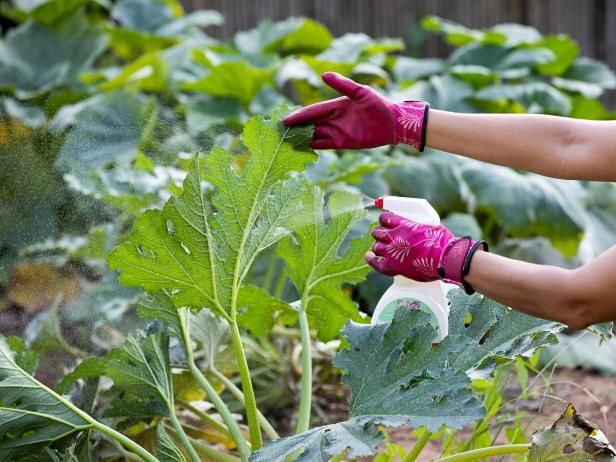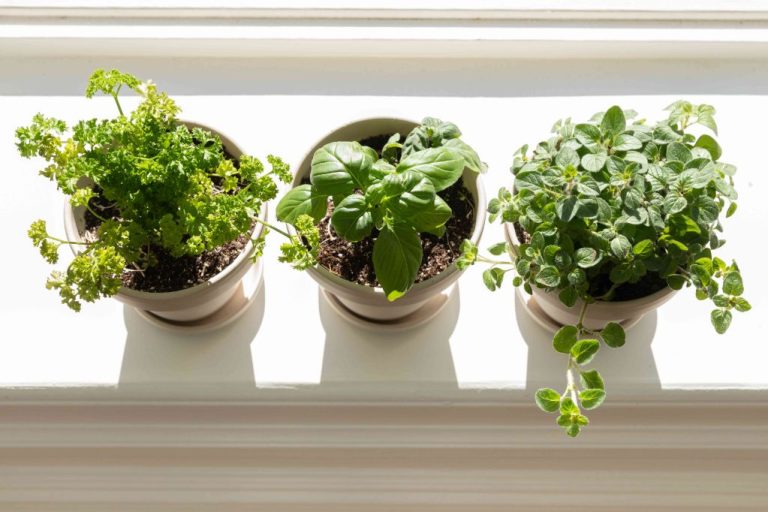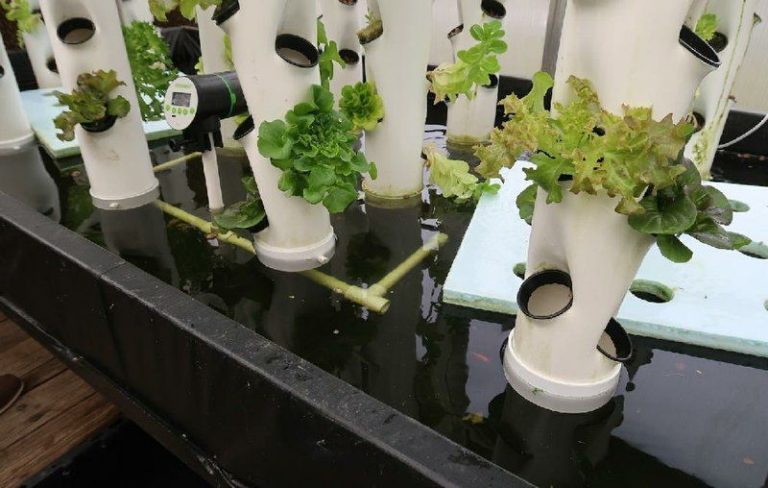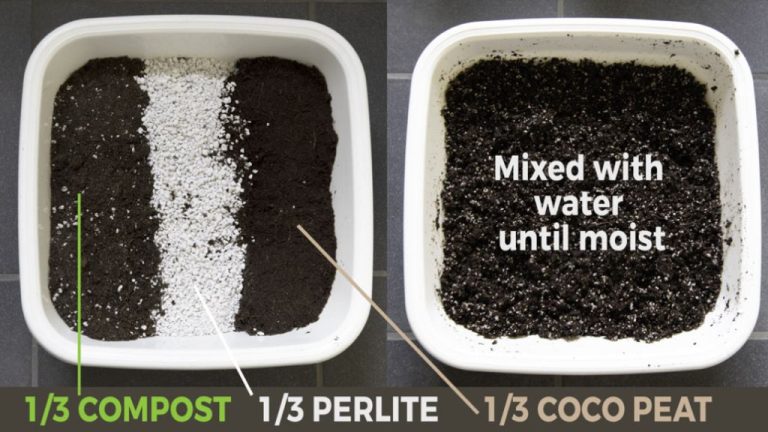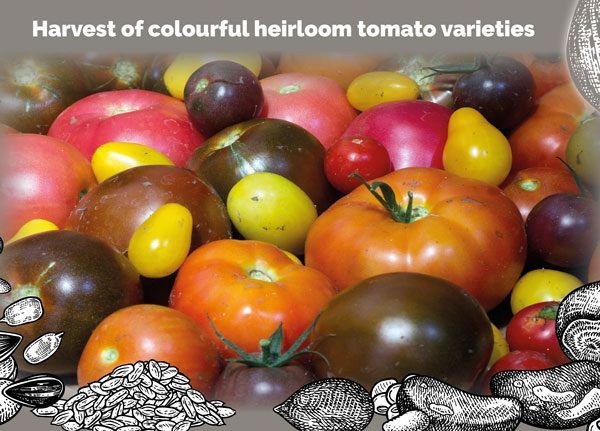Container Flower Gardening: Adding Color To Urban Landscapes
Container gardening refers to the practice of growing plants in containers rather than planting them directly in the ground. Container gardens are highly versatile and allow gardeners to cultivate plants even in urban settings without access to a backyard.
Container flower gardening is an increasingly popular way to add vibrant colors, textures, and scents to patios, balconies, rooftops, and other outdoor living areas in cities and towns. Flowering plants grown in containers can help attract pollinators like bees and butterflies, thereby improving biodiversity even in densely populated neighborhoods.
Studies show that having constant visual access to plants and greenery provides mental and physical health benefits, reducing stress, anxiety, and fatigue (Source). Flowering container gardens allow urban residents to reap some of these rewards of nature right outside their windows and doors. Additionally, plants help filter air pollutants and can reduce noise.
Choosing a Container
The right container is key for a thriving flower garden. When selecting a container, consider the following factors:
Material: Plastic containers are affordable and lightweight but may fade and become brittle over time. Ceramic pots are attractive but heavier and more prone to breaking. Wood containers add a natural touch but require more maintenance. Metal and concrete containers are durable but can get very hot in the sun.
Durability: Look for containers that can withstand the elements without cracking, chipping or decaying. Plastic and ceramic pots tend to hold up best outside. Check any drainage holes for reinforcement to prevent cracking.
Weight: Larger containers and real materials like ceramic and concrete are much heavier when wet soil is added. Consider weight for ease of moving if needed. Plastic and resin pots are typically lightweight.
Aesthetics: Match the style of the container with your landscape design. Neutral colors blend well while bright glazes stand out. Self-watering containers and window boxes add unique options.
Size: Scale the container size appropriately for the selected flowers. Larger containers allow more roots and growth but require more frequent watering. Standard sizes range from 6 inches up to 2 feet across.
For more tips on choosing the right flower containers, see the Gardening Inside Sitemap.
Soil and Drainage
Proper drainage is crucial for container gardening. Container walls limit the space roots have to grow, so soil must drain well to provide oxygen to plant roots and prevent them from rotting. Container materials like terra cotta or wood dry out quicker than plastic, but all containers must have drainage holes. A standard container should have 4-8 drainage holes spaced evenly across the bottom.
The best potting mix for containers will retain some moisture while still draining well. A good starting recipe is: 1 part peat moss, 1 part perlite, and 2 parts compost. Peat moss or coco coir provide moisture retention. Perlite or vermiculite improve drainage. Compost adds nutrients and organic matter. Mix thoroughly before filling containers. For seed starting, use a soilless seed starting mix and avoid compost which may contain disease organisms.
To prepare potting mix: combine ingredients in a wheelbarrow or cement mixer. Mix thoroughly, breaking up any clumps. Moisten the soil as you mix until it reaches the consistency of a wrung-out sponge. Fill containers gently without compacting the soil. Leave about 1 inch of headspace below the container rim to allow space for watering.
Sunlight Requirements
Assessing the amount of sunlight where you plan to place your containers is crucial for selecting flowers that will thrive. Most flowering plants need at least 6 hours of direct sun per day to bloom well. Take note of sunlight levels throughout the day. Is the location in full sun, part sun or full shade? This will help determine suitable plants.
For containers in full sun, choose heat-loving flowers like petunias, marigolds, zinnias, and geraniums. Part sun areas can support blooms like pansies, snapdragons, and million bells. For shady spots, try impatiens, begonias, coleus and other shade-tolerant varieties (Southern Living).
If your space only gets 1-3 hours of sunlight, focus on foliage plants with colored leaves like coleus, caladiums and sweet potato vine. Add height with shade perennials like hostas and ferns. Trailing plants like ivy and creeping Jenny will cascade nicely. Opt for shade-tolerant annuals like impatiens and lobelia for pops of color (Garden Design).
For very shady areas, hang baskets above eye-level to bring color closer. Position taller containers behind shorter ones so all plants get adequate light exposure. Move containers around to capture sunlight at different times of day. Provide artificial light if sunlight levels are extremely low.
Selecting Flowers
When selecting flowers for container gardening, you’ll want to consider annuals versus perennials as well as the height, color, and blooming time of each variety. Annual flowers only last one season, while perennials will come back year after year. Some popular annuals for containers include:
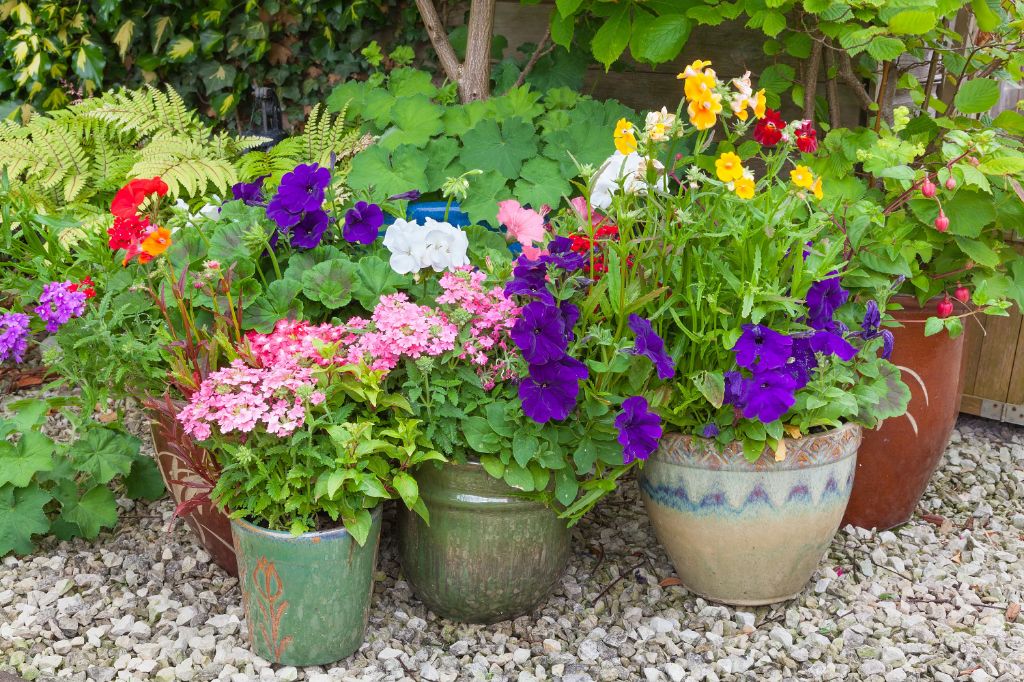
- Geraniums – Available in a wide range of colors and known for abundant blooms. Grow 12-15 inches tall.
- Petunias – Heat-loving annuals that flower all season. Cascading varieties work well in hanging baskets. Grow 6-12 inches tall.
- Marigolds – Cheerful flowers that bloom in shades of yellow, orange, red. Choose compact varieties under 12 inches tall.
Top perennials for container gardening include:
- Lantana – Drought-tolerant perennial with clusters of bright, multicolored blooms. Grows 12-24 inches tall.
- Verbena – Flowers prolifically in vibrant colors on trailing stems. Grows 8-12 inches tall.
- Dianthus – Cottage pinks produce abundant single and double flowers. Grows 6-10 inches tall.
When designing your container garden, make sure to select both trailing/cascading flowers as well as some upright varieties. Combining flowers of different heights and bloom times will provide interest and color all season long. For more tips, see this helpful guide on selecting flowers from The Old Farmer’s Almanac.
Planting and Arrangement
When planting flowers in containers, you’ll want to follow some key design principles to create an aesthetically pleasing and healthy container garden. The “thriller, filler, spiller” approach is a popular technique. Choose a “thriller” plant that will be the focal point, like a tall iris or ornamental grass. “Filler” plants provide structure and mass, such as medium-height zinnias or daisies. “Spiller” plants cascade over the edges of the pot, like trailing lobelia or petunias (src).
Pay attention to the mature sizes of plants when arranging them in your container. Plant the tallest thriller in the center, surrounded by the filler plants, with the trailing spillers around the outer edges. Make sure to follow proper planting guidelines and care instructions for each variety.
You can also practice companion planting with flowers in containers. Certain pairings of flowers can benefit each other by attracting pollinators, repelling pests, or providing nutrients. For example, planting oregano near squash can help deter squash bugs. Marigolds interplanted with vegetables can deter certain pests. Just make sure the container is large enough to allow adequate space for all plants to grow (src). With some planning and creativity, you can create stunning and productive flower arrangements in containers.
Watering and Fertilizing
Proper watering is crucial for container plants to thrive. How often you need to water depends on factors like weather, type of soil, type of plant, pot material, and pot size. In general, you’ll need to water container plants more frequently than in-ground plants.
As a rule of thumb, check the soil moisture daily by inserting your finger into the soil. Water when the top 1-2 inches of soil become dry. Container plants need thorough watering until water drains from the bottom of the pot. This ensures water penetrates deep into the roots.
Underwatering causes wilting, drooping leaves, stunted growth, and dry brown leaf edges. Overwatering can lead to root rot, fungus gnats, yellowing leaves, blooms dropping off, and general decline.
Container plants benefit from monthly fertilization during the growing season with a water-soluble plant food. Look for a balanced fertilizer with an NPK ratio like 10-10-10. Always follow label directions for proper dilution and application. Fertilize after watering to avoid burning roots with concentrated chemicals.
Reduce fertilizer frequency for cacti, succulents, and native plants. Stop fertilizing altogether by late summer so plants can harden off for winter dormancy.
Overwintering
Bringing the containers inside before the first frost is the most reliable method of overwintering container plants according to Penn State Extension. Tender plants can be brought into a sunny indoor location and kept actively growing. Less tender plants can be brought into a cool, dark location like a basement where they will go dormant for the winter. Make sure to check soil moisture regularly and water when needed.
Another option is to store dormant plants in an unheated garage, shed, or under a deck according to Brooklyn Botanic Garden. The key is keeping the plants cold but above freezing. Make sure containers are raised off cold concrete floors. Stop watering once plants go dormant. Check soil moisture monthly and water if needed to prevent desiccation.
Before storing container plants for the winter, trim back leggy growth and remove dead foliage recommends Proven Winners. This helps prevent disease and tidies up plants for spring emergence. Leaving seed heads on perennials provides winter interest and food for birds.
Container Placement
Container gardens allow for creativity in placement, enabling you to highlight certain areas or create stunning vignettes. When deciding where to position your pots and planters, consider the following tips:
Place containers near entries, patios, decks, and other high-traffic areas to create a welcoming focal point. Containers along walkways and borders draw the eye. For maximum impact, group three to five containers of varying heights together. A trio of coordinating pots works well on stairs or against house walls.
Use proportion for a polished look. Select a large container as the anchor, surrounded by progressively smaller pots. Adding levels with pedestals and plant stands creates depth and dimension.
Incorporates containers into garden beds and borders to add punches of color. They allow you to fill in bare spots or complement existing plants. Place containers where they can spill over edges and soften hardscaping.
Take advantage of natural light and lighting. Position containers where they will receive optimal sunlight for the plants chosen. Accent with landscape lighting or solar lights for nighttime drama.
Assess the architecture and style of your home. Match pots and planters to your aesthetic, whether elegant, eclectic, modern, or traditional. Use neutral containers as subtle accents or vivid, glazed pots for an artistic statement.
Consider portability. Casters on larger containers allow you to reposition throughout the seasons. Dollies provide mobility for heavier pots. Selecting lightweight planters enables you to move arrangements as desired.
Evaluate your space throughout the day and seasons. Adjust container placement to account for changing light and shade patterns.
Get creative with vertical spaces. Hang baskets, wall-mounted pots, and railing planters allow you to take advantage of fences, arbors, railings, and other vertical structures. They can be used to add height, connect spaces, and direct attention.
Additional Resources
There are many excellent books, websites, and other resources for learning more about container gardening. Here are some reputable recommendations for further reading:
The Cornell Cooperative Extension provides in-depth information on soil, drainage, plant selection and care for container gardens.
The book Gardening in Containers by the editors of Sunset Books offers hundreds of creative ideas for container gardens big and small.
Proven Winners’ container gardening guide covers the basics like soil, watering, fertilizing as well as design inspiration.
Garden Design Magazine frequently features beautiful container gardens and tips from experts.
The University of Illinois Extension has a helpful online guide to Vegetable Gardening in Containers.
For inspiration, look through photos of container gardens on sites like Pinterest or gardening blogs.
Local nurseries and garden centers can also provide plant recommendations and design ideas for your specific area.
Master gardener programs through county cooperative extensions offer great workshops on container gardening.

